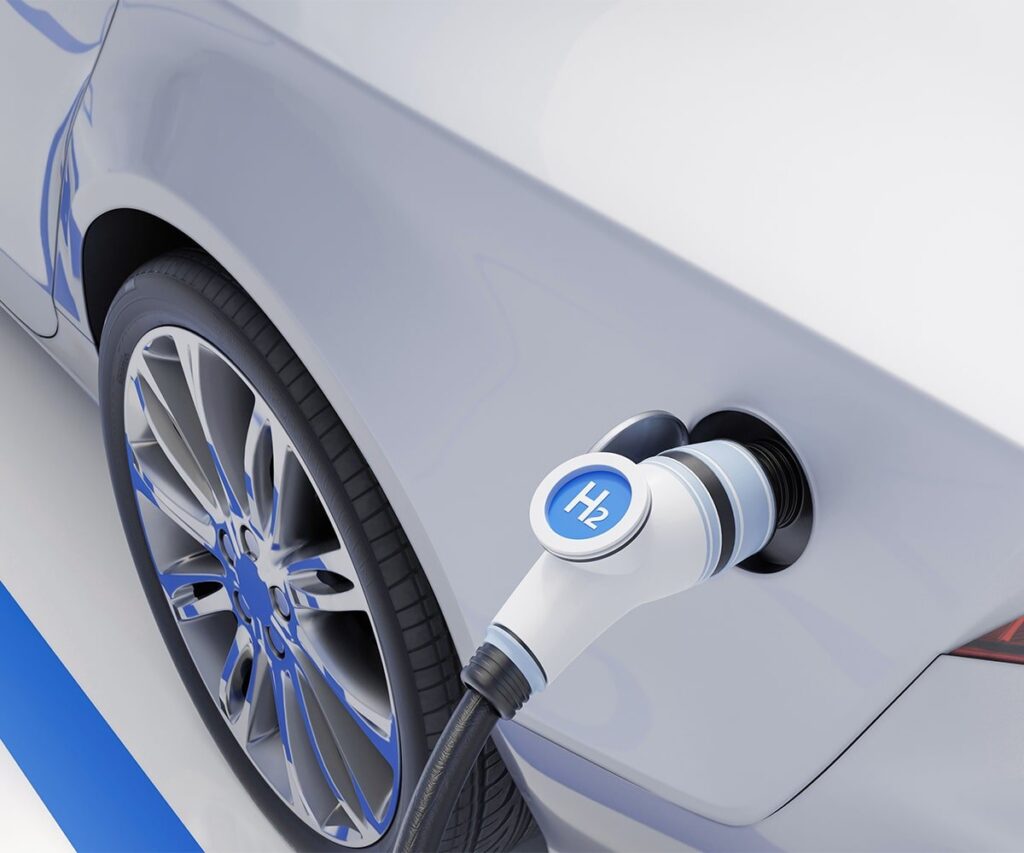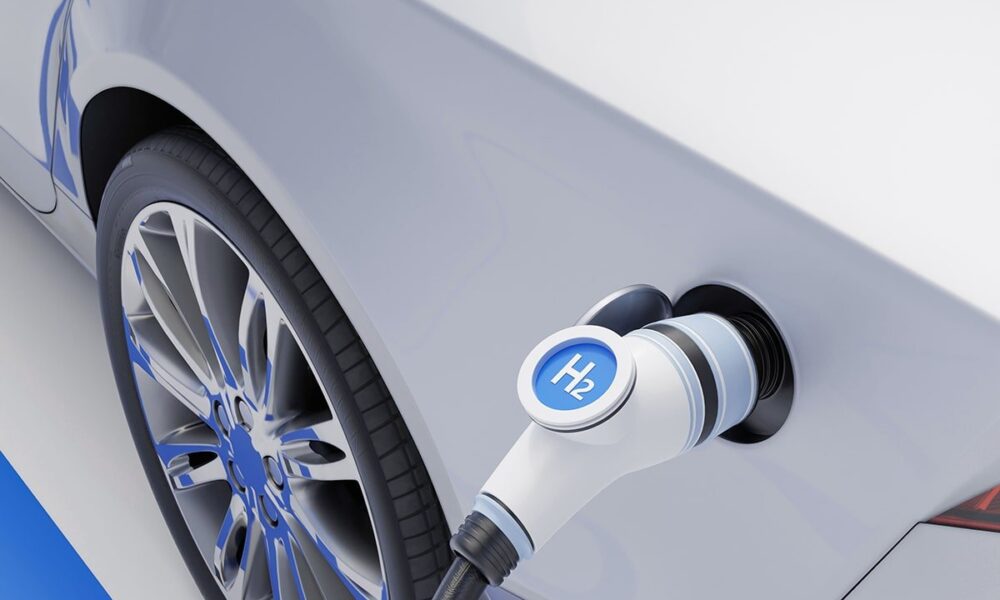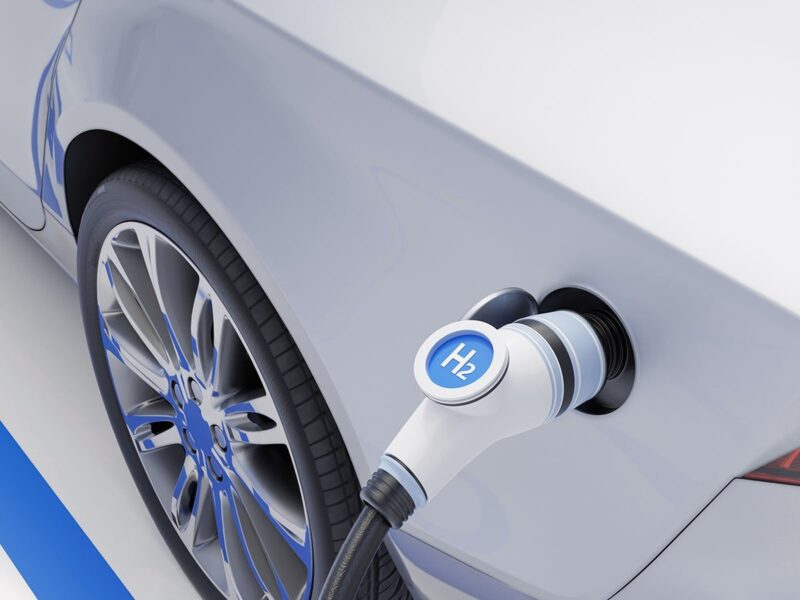In the global quest for sustainable energy solutions, hydrogen has emerged as a promising contender. However, despite its potential to revolutionize multiple sectors, hydrogen continues to grapple with misconceptions and stigma that hinder its widespread adoption. Busting the hydrogen stigma is imperative to unleash its full potential and pave the way for a cleaner, greener future.Hydrogen, often dubbed the "fuel of the future," offers a plethora of advantages that make it an attractive alternative to traditional fossil fuels. It is the most abundant element in the universe, emits only water vapor when burned, and can be produced from various renewable sources such as wind, solar, and biomass. These qualities position hydrogen as a key player in mitigating climate change and reducing our reliance on carbon-intensive energy sources.Despite these merits, hydrogen has long been plagued by skepticism and misconceptions. One of the most prevalent myths surrounding hydrogen is its inefficiency compared to battery-electric solutions. Critics argue that hydrogen production, storage, and transportation are energy-intensive processes, rendering hydrogen less efficient than electric vehicles. However, advancements in hydrogen technology have significantly improved its efficiency and competitiveness. Innovations in electrolysis, for instance, have made it possible to produce hydrogen using renewable electricity, thereby reducing carbon emissions associated with its production.Another misconception is the safety concerns associated with hydrogen. While it is true that hydrogen is highly flammable, rigorous safety protocols and engineering standards ensure that hydrogen can be handled safely. Moreover, hydrogen's buoyancy and rapid dispersal properties make it safer than conventional fuels in the event of a leak. With proper handling and infrastructure, hydrogen can be just as safe as other fuels we use daily.Furthermore, the infrastructure required to support a hydrogen economy is often cited as a barrier to its adoption. Critics argue that building a hydrogen infrastructure from scratch is costly and impractical. However, this argument overlooks the fact that many existing pipelines and storage facilities can be repurposed or retrofitted to accommodate hydrogen. Additionally, the scalability of hydrogen production and distribution allows for gradual expansion of infrastructure in tandem with growing demand.Busting the hydrogen stigma requires concerted efforts from governments, industry stakeholders, and the public. Policymakers play a pivotal role in incentivizing hydrogen adoption through supportive policies, such as subsidies for hydrogen infrastructure development and tax incentives for hydrogen-powered vehicles. Industry leaders must continue to invest in research and development to drive down costs and improve the efficiency of hydrogen technologies. Public awareness campaigns can also help dispel myths and educate communities about the benefits of hydrogen as a clean energy solution.Fortunately, there are encouraging signs that the hydrogen stigma is gradually dissipating. Countries around the world are increasingly incorporating hydrogen into their energy strategies, recognizing its potential to decarbonize hard-to-abate sectors such as heavy industry and long-haul transportation. Initiatives like the Hydrogen Council and the Green Hydrogen Coalition are bringing together stakeholders to promote collaboration and innovation in the hydrogen sector.As we stand on the cusp of a pivotal energy transition, it is crucial to embrace hydrogen as a vital piece of the puzzle. By busting the stigma surrounding hydrogen and harnessing its full potential, we can usher in a sustainable energy future that benefits both people and the planet. It's time to recognize hydrogen not as the fuel of the future, but as the fuel of today.
“There are many variations of passages but the majority have suffered alteration in some form, by injected humour, or words which don’t look even slightly believable.” – Melena Marshall

Green Energy
In an era marked by escalating climate concerns and the urgent need to transition to sustainable practices, the spotlight on green energy has never been more intense. Green energy, also known as renewable energy, harnesses natural resources such as sunlight, wind, water, and geothermal heat to generate electricity, offering a beacon of hope in the fight against climate change. As the world grapples with the daunting challenges posed by fossil fuel dependence, embracing green energy emerges as not just a choice, but a necessity for a brighter, cleaner, and more sustainable future.The imperative to shift towards green energy stems from the pressing need to mitigate the adverse impacts of climate change. The burning of fossil fuels for energy production releases greenhouse gases, primarily carbon dioxide, into the atmosphere, contributing to global warming and its associated consequences such as rising sea levels, extreme weather events, and habitat loss. Green energy sources, on the other hand, produce little to no greenhouse gas emissions during electricity generation, making them instrumental in reducing our carbon footprint and curbing climate change.Solar energy stands as a shining example of the immense potential of green energy. Solar photovoltaic (PV) panels convert sunlight directly into electricity, offering a clean and abundant source of power. With technological advancements driving down costs and improving efficiency, solar energy has experienced exponential growth in recent years, emerging as one of the fastest-growing sources of electricity worldwide. From rooftop installations on residential homes to vast solar farms dotting landscapes, solar power is revolutionizing the way we harness energy and empowering communities to become energy self-sufficient.Wind energy is another cornerstone of the green energy revolution. Wind turbines capture the kinetic energy of the wind and convert it into electricity, providing a renewable and sustainable alternative to fossil fuels. With its scalability and versatility, wind energy has become a mainstay in the global energy landscape, powering homes, businesses, and even entire cities. Offshore wind farms, situated in coastal waters, harness the strong and consistent winds found at sea, offering immense potential for clean energy generation with minimal environmental impact. As technology advances and economies of scale are realized, wind energy continues to break new ground in the quest for a greener future.Hydropower, derived from the energy of flowing water, has long been a stalwart of renewable energy generation. Dams and hydroelectric power plants harness the energy of rivers and streams to produce electricity, offering a reliable and dispatchable source of power. While large-scale hydropower projects have been instrumental in meeting energy demands, there is growing recognition of the need to balance hydropower development with environmental conservation and the protection of aquatic ecosystems. Innovations in small-scale hydropower and run-of-river projects are paving the way for more sustainable approaches to hydropower generation, minimizing ecological disruption while maximizing energy output.Geothermal energy, derived from the Earth's heat, holds immense promise as a clean and renewable energy source. Geothermal power plants tap into underground reservoirs of hot water and steam to drive turbines and generate electricity, offering a reliable and continuous source of power with minimal environmental impact. While geothermal energy currently represents a small fraction of global energy production, ongoing research and development efforts are expanding its reach and unlocking its full potential. From geothermal heat pumps for residential heating and cooling to utility-scale geothermal power plants, geothermal energy offers a diverse array of applications with the capacity to significantly reduce reliance on fossil fuels.As the world stands at a crossroads, the transition to green energy has never been more urgent or more feasible. The rapid pace of technological innovation, coupled with growing public awareness and political will, has created unprecedented momentum towards a clean energy future. However, realizing the full potential of green energy requires concerted efforts and collective action on a global scale. Governments must implement supportive policies and incentives to accelerate the deployment of renewable energy technologies and facilitate the transition away from fossil fuels. Industry leaders must invest in research and development to drive down costs, improve efficiency, and overcome technical barriers to adoption. Communities must embrace renewable energy solutions and advocate for sustainable practices that prioritize environmental stewardship and social equity.In embracing the power of green energy, we embark on a journey towards a future defined by sustainability, resilience, and prosperity for all. By harnessing the abundant resources of nature and leveraging the boundless ingenuity of human innovation, we have the opportunity to build a world powered by clean, renewable energy sources—a world where energy is abundant, affordable, and accessible to all. Together, let us seize this momentous opportunity to chart a course towards a brighter, cleaner, and more sustainable future for generations to come.
Hydrogreen fule is the future and is on the other hand, we denounce with righteous indignation and dislike men who are so beguiled and demoralized by the charms of pleasure of the moment, so blinded by desire, that they cannot foresee the pain and trouble



jay
hello